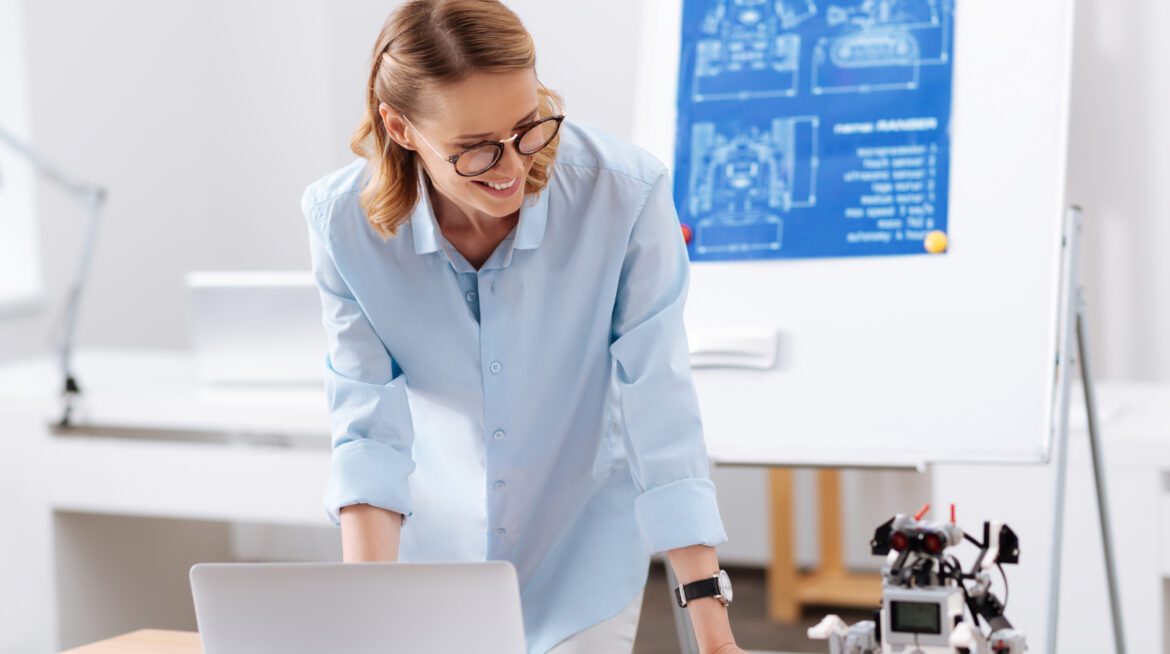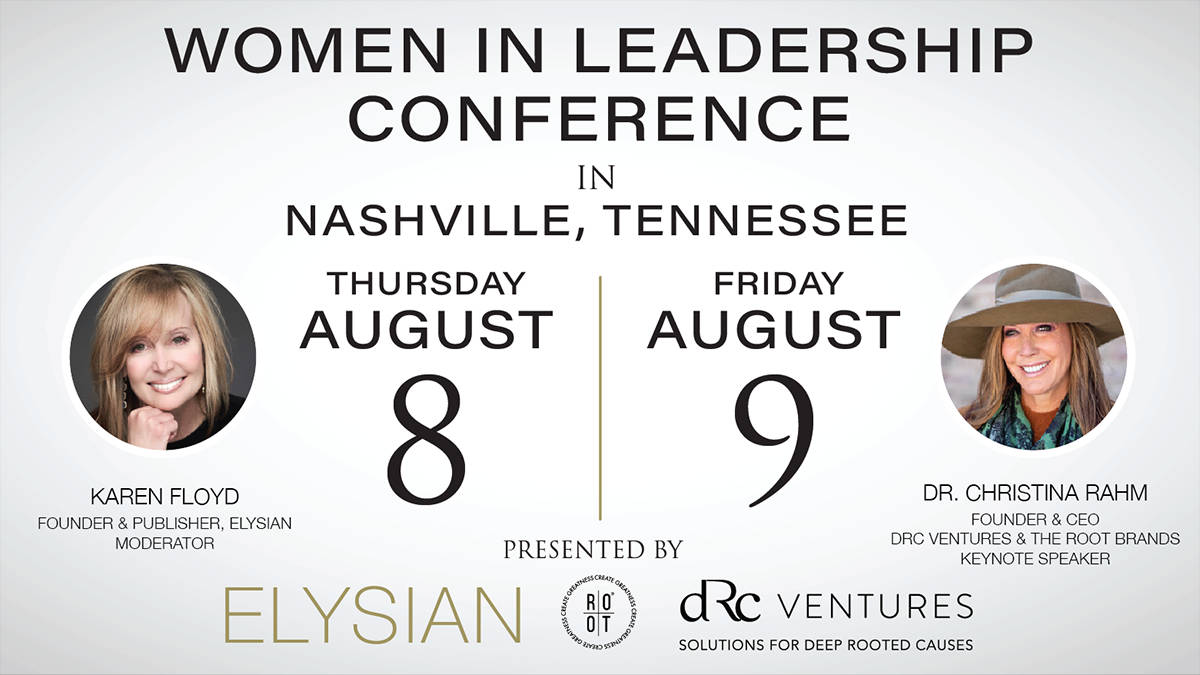I recently spoke with John Rizvi, a renowned patent attorney from South Florida, who interviewed me for one of his many patent-driven podcasts. John, otherwise known as the “Patent Professor” – also the name of his highly successful podcast – has interviewed thousands of patent owners to attain a better idea of the trials and tribulations of fighting for, and attaining, patent rights for intellectual property purposes. He works daily in his law practice representing patent clients, but also, inquisitively, likes to discuss individual processes with inventors, from around the world, who have fought for intellectual property rights.

Dr. Christina Rahm is a multi-talented doctor, psychologist, scientist, patent innovator, humanitarian and author.
With this recent interview, I began thinking about the years of scientific work I have completed that warranted patents. This prompted me to share my experiences, being successfully issued patents after formulating products that needed protection by the U.S. Patent & Trademark Office (USPTO).
First, not everyone needs a patent. I know many friends and family members who are highly innovative, have been hugely successful in business, with no need to enter the arena of intellectual property protection. Though, depending on the product created or invented, if the product has never existed before, it might be time to begin research on patent viability.
Patents promote innovation, which encourages the development of new products. When an inventor obtains a patent, they secure the right to exclude others from using, making, and/or selling their invention or “method of use” for 20 years, while maintaining the right to sell the item exclusively and for whatever price deemed appropriate based on research, development, and marketability.
A sad but fascinating statistic is that in the United States, only 7 percent of women are patent owners, while the other 93 percent of patents are held by men. Why is this? Women are just as creative and innovative as men, if not more so. This is a sign that our business/scientific models and cultures need to change to better support women innovators and entrepreneurs.
My work with patents has been in the scientific advancement arena, primarily formulating environmental health and wellness products for both human and animal health – even branching out to create a “super skin coating” and clothing line aimed to protect the skin from viruses, bacteria, fungus, and parasites. More recently, in my work with the ROOT Brands, I have worked with bioavailable silicas, volcanic and trace minerals, and concentrated Vitamin C formulas to create products designed specifically to cleanse and detox the body. These newly created, patent-pending proprietary blends target the removal of heavy metals such as mercury, lead, arsenic, viral particles, glyphosates, Agent Orange, and depleted uranium.
Each one of my patent filings have been distinct in nature. Most patent applications and subsequent processes are unique as the process is methodical, calculating, and competitive. Patent attorneys are constantly competing with “live” patents already in place, so applications considered to be an infringement, or like-minded in nature, are rejected with patent examiners providing a letter citing “prior art.”
According to the USPTO, 88.6 percent of all patents are rejected during the first application process. Final acceptance percentages are also minimal, with the odds of receiving a patent being less than 75 percent. Another important fact to note is only 2 percent to 10 percent of patents ever make enough money to maintain their protection.
Accordingly, while you can patent a broad range of inventions, there are limits. One cannot patent ideas, works of art, and/or inventions created specifically for illegal purposes. In terms of cost, an attorney will normally charge between $8,000 and $10,000 for the initial patent application. For that matter, patents in certain spaces like pharmaceuticals can easily cost more than $100,000 per application, with costs up to a couple of million.
A great resource to learn more about patents presently listed by the USPTO is the Patent Examination Data System (PEDS) in the Amazon Cloud. The listings provide the ability to search, view and download bibliographic data for all publicly available approved patents and patent applications.
The most important aspect before any patent application is completed is to do your research. Just because a product is not on the market or sitting on store shelves, doesn’t mean the patent does not already exist.
So, if you have an idea for what you believe to be a patentable product or process, do your homework, and attain good legal advice on patentability and potential marketability. Be resilient, and let us do what we can to move the women-owned patent share well beyond 7 percent!


